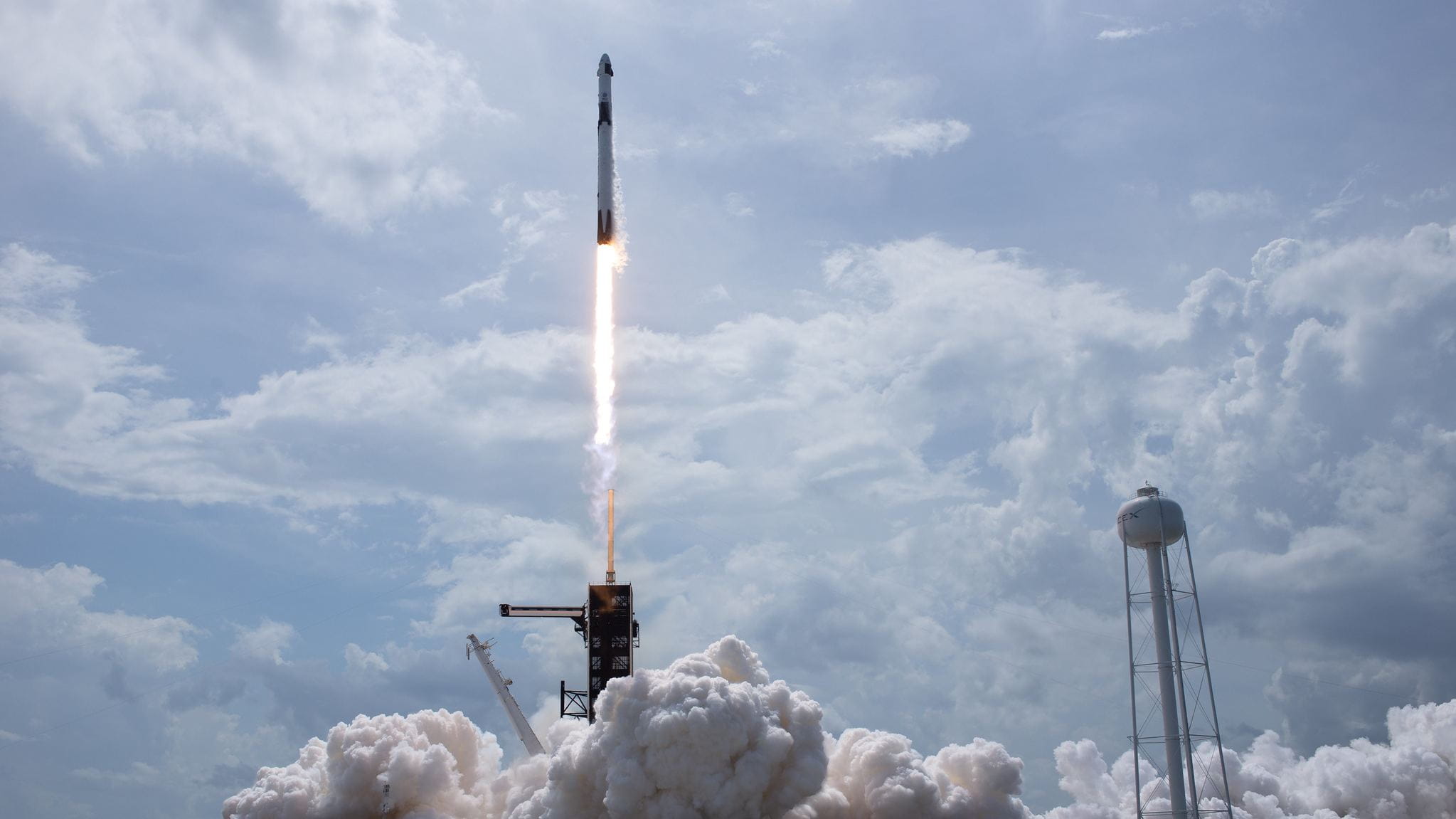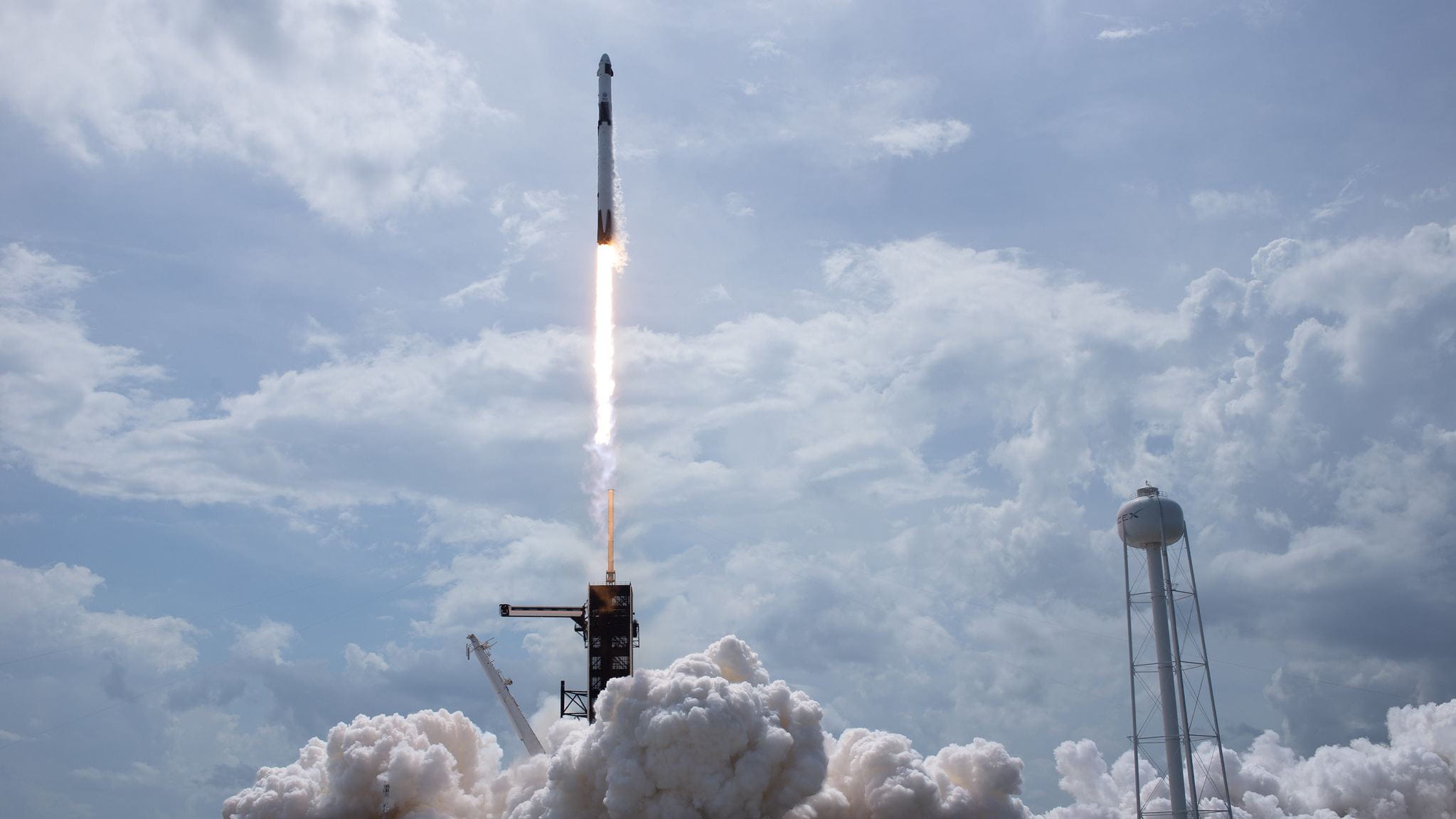How you (yes, you) can work on the space program
Three ways to get in on the mission to Mars
The U.S. space program is back – and there might even be a job in it for you.
The launch of the SpaceX Crew Dragon and Falcon 9 rocket at NASA’s Kennedy Space Center marks the start of what NASA says will be a new era of moonshots and even a crewed mission to Mars. And that means a new golden age for aerospace engineering, with lots of work ahead for mechanical engineers, software engineers, materials engineers, communications specialists, experts in propulsion and cybersecurity, and people with backgrounds in chemistry, biology and physiology.
“I wish I were about 30 years younger,” said Don McMonagle, a former NASA astronaut who now works as a consultant for RGNext, a company jointly owned by Raytheon Technologies that manages launch ranges. “How exciting for someone fresh out of college, with the tools and the technology that are available today, to be able to solve these problems of deep space exploration with humans. And someone who’s mid-career has experience that will be essential to effectively apply the skills of the fresh-outs.”
And that’s where we come in. Across Raytheon Technologies, our colleagues are already at work supporting the space program. They’re doing things like training astronauts, prototyping a new space suit, managing launch operations at the Kennedy Space Center and developing the equipment that will bring astronauts safely back to Earth from the next moon mission, currently set for 2024.
If working on any of that sounds good, read on.
Join a rocketry team
If you’re a kid, getting started in your space career is easy: join your school’s rocketry team.
There you’ll learn all about propulsion, fluid mechanics, control engineering and all the other things that make up aerospace engineering — the proper term for what everyone else calls “rocket science.”
Now, don’t let that scare you off. It’s also fun — something we see every year at The American Rocketry Challenge, where kids in grades 6 to 12 design and build a rocket that takes a crew — in this case, a chicken egg — on a mission several hundred feet into the air. (The mission is, basically, “don’t crack.” Raytheon Technologies, by the way, is the competition’s diamond sponsor).
The 2020 finals in Washington, D.C. were scrapped because of the COVID-19 pandemic, but teams from around the country still built and flew their rockets independently. They also competed for honors in presentation, marketing and keeping an engineer’s notebook. The winners were announced in June.
The competition goes far beyond model rocket building, McMonagle said — it’s a realistic look at how engineers work on real-world projects.
“That fundamental process of mission definition, design, integration, execution and feedback is essential,” said McMonagle, who has served as a judge for the contest. “It gives people that end-to-end engineering satisfaction that you can’t get simply out of an academic environment.”
Use your engineering degree (no matter when you got it)
There’s a place in space for practically every discipline — particularly mechanical engineering, chemical engineering, biomedical engineering and electrical engineering, McMonagle said. And all the sub-disciplines, too; every step of a space mission is packed with the complex, intertwined problems engineers specialize in solving.
First, the vehicle. It has to carry cargo and crew. And withstand wind shear. And have just the right structure to land on the terrain. And a whole host of other things — many of which affect its weight, which in turn affects the problem of propulsion.
The propulsion experts have to choose the rockets and propellants for various phases of flight. Modeling and simulation experts test for things like the rockets’ resonant frequencies “so the vehicle doesn’t shake itself apart,” McMonagle said.
Inside the vehicle, engineers have to solve life-support problems like removing carbon dioxide from the cabin, keeping the temperature at an acceptable level and protecting the crew from solar radiation outside Earth’s protective magnetosphere.
And that’s saying nothing about telemetry, integration and everything else. So yes, there are plenty ways engineers of all disciplines and experience levels to get to work.
“The fundamental disciplines you learn in an academic environment can be directly applied into an effort like space exploration,” said McMonagle, whose background is in mechanical engineering. And people can come from mid-careers. The more experience they have, the more mature and productive they’ll be at higher levels of integration.”
Defending against acts of cyber warfare
Cybersecurity “is going to be an essential career” in the rejuvenated U.S. space program, McMonagle said. This is, after all, the era of DevSecOps, an approach to engineering that includes cyber protection in every step of the process, rather than at the end.
For space missions, cyber experts will most likely see a lot of work in protecting data — telemetry is useless if it’s inaccurate — as well as communications, particularly things like mission control’s ability to override a malfunctioning or off-course vehicle.
“If we can’t do that because someone is jamming our signal, that’s huge, and we’re not satisfying our purpose of public protection,” McMonagle said.


